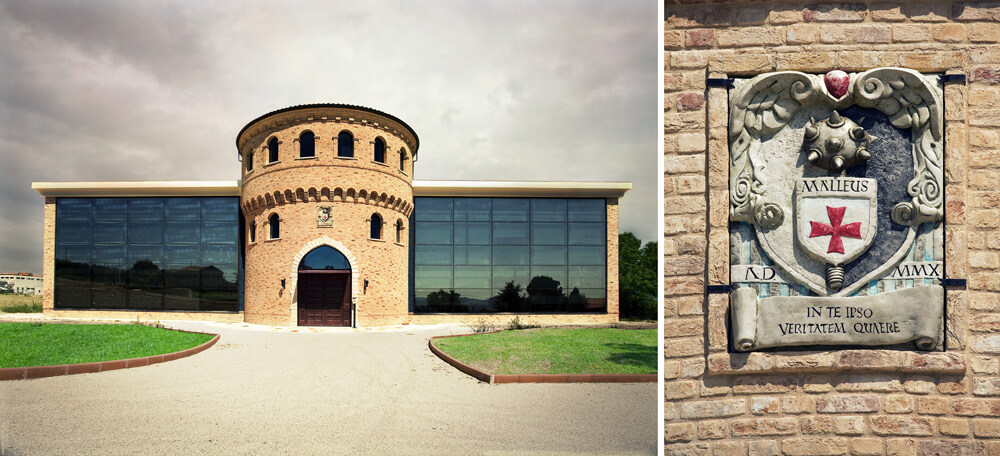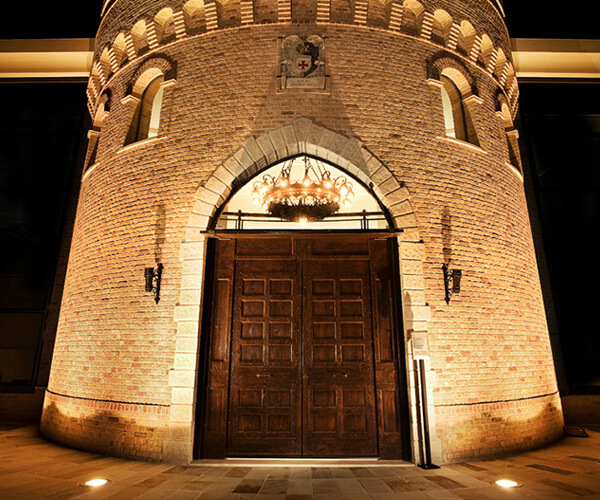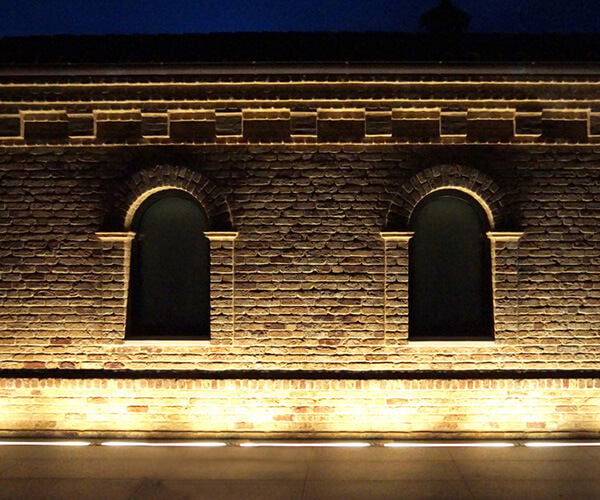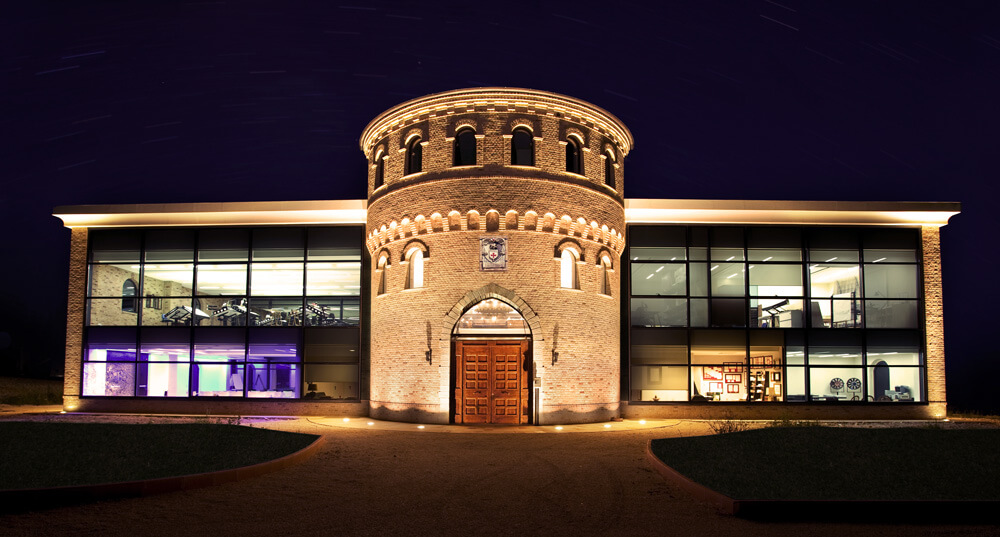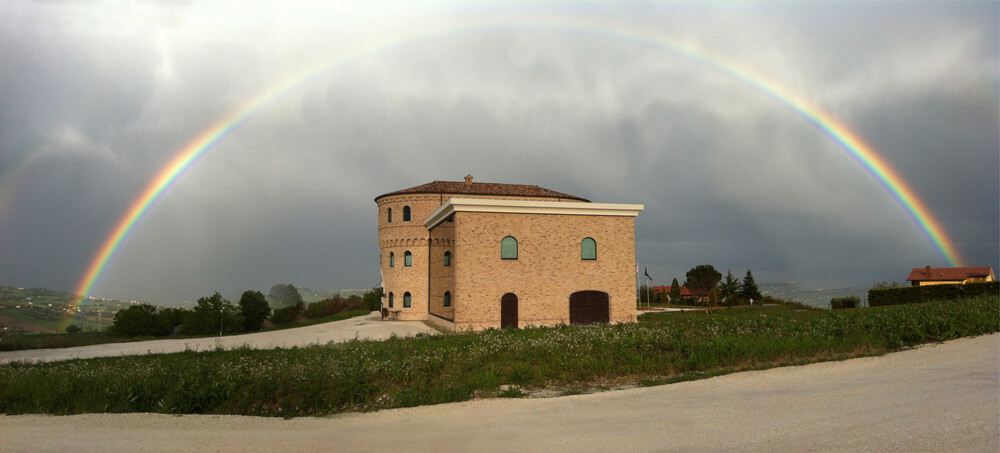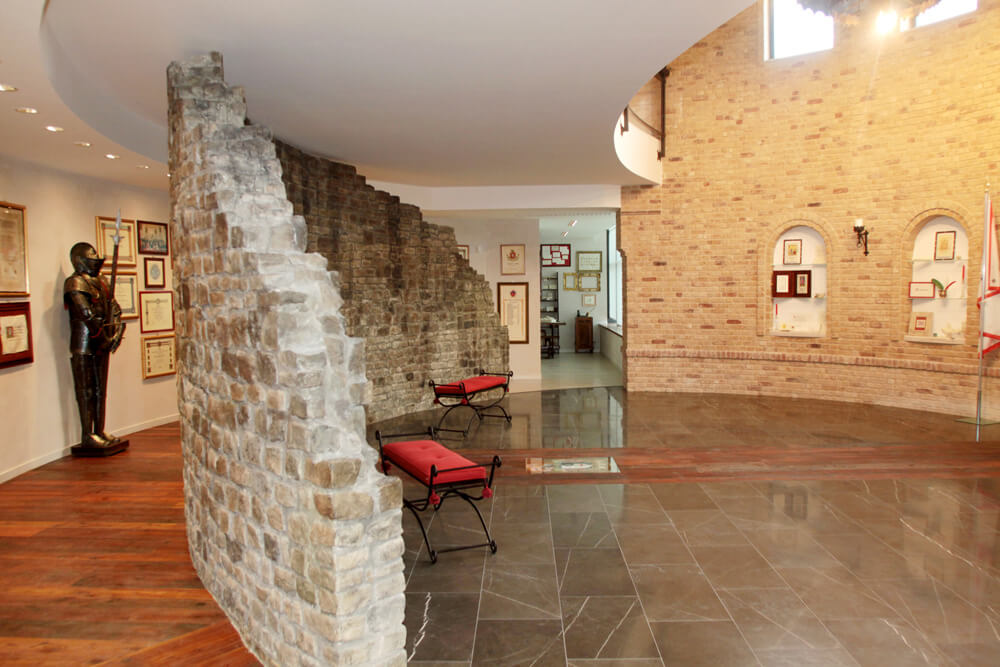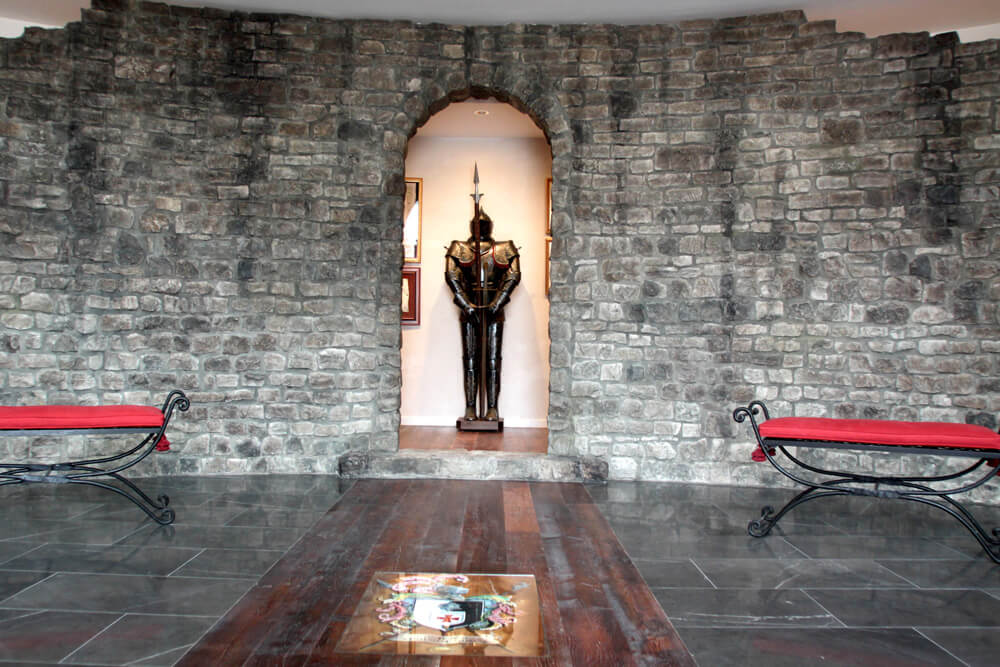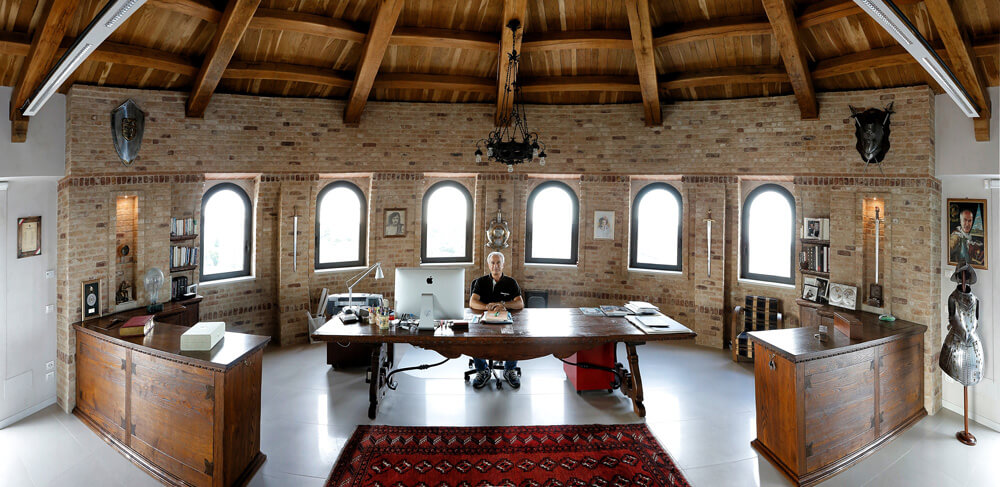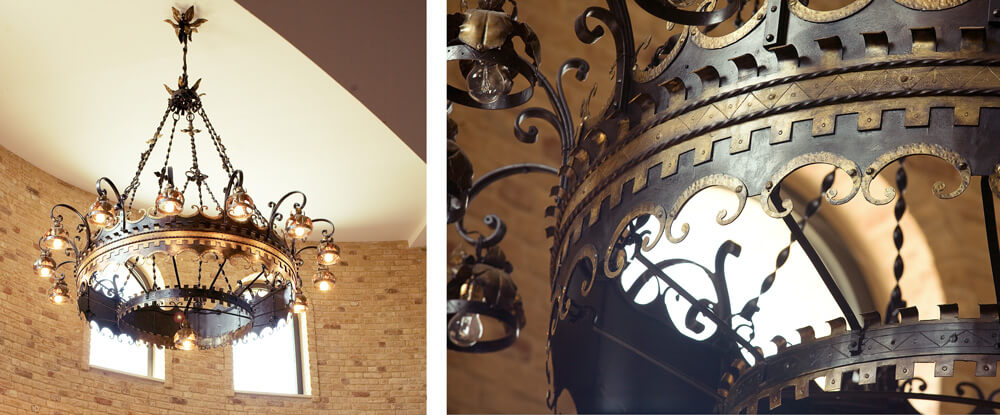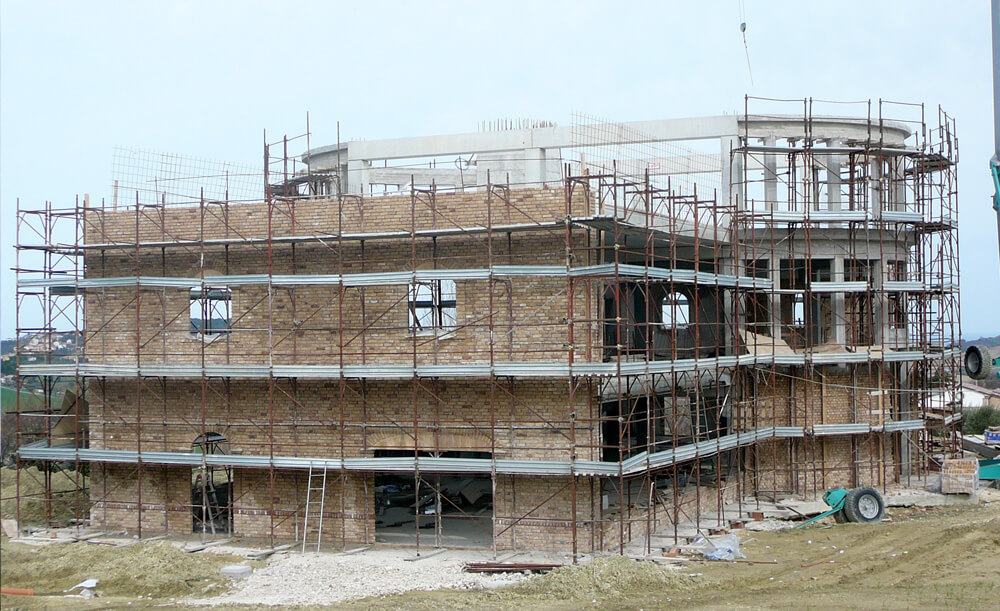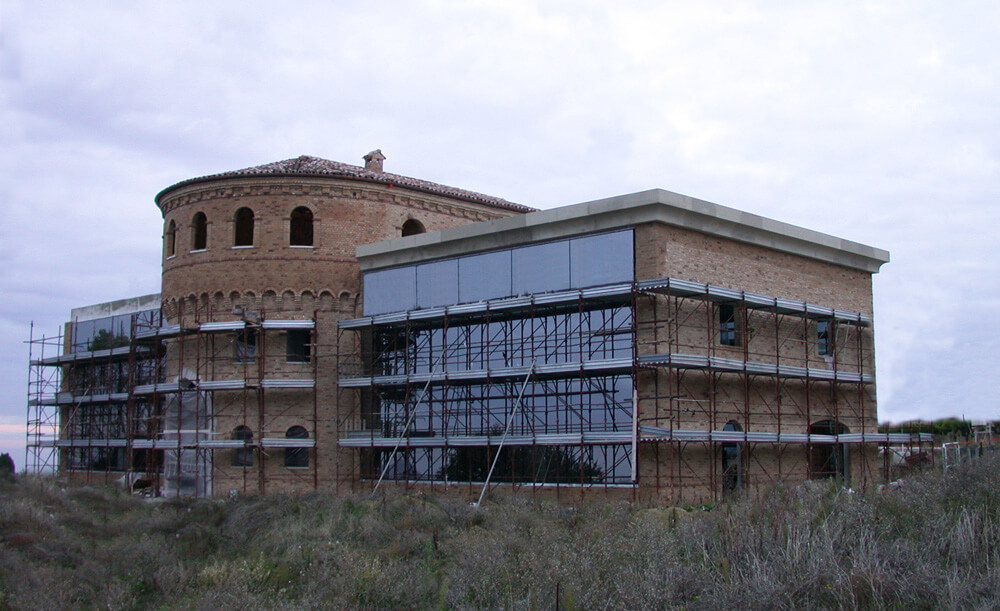The Antica Bottega Amanuense / Henry Màlleus
The Antica Bottega Amanuense / Henry Màlleus
Context
During this technological era, The Antica Bottega Amanuense (The Antique Amanuensis Workshop) goes against the tide and remains one of the most unusual, refined and famous jewels of the town of Recanati in the Marche region of Italy.
History
The Antica Bottega Amanuense was founded in 1988 by Enrico Ragni, known professionally as Màlleus. Màlleus was taught the Amanuensis Art by the greatest international calligraphy masters. Then, during 28 years of intense work with his 13 students, he made the Bottega become the largest Scriptorium in the world. The Bottega produces numerous, rare works of art: degree certificates which many Italian universities continue to write by hand, miniatures, honorary citizenships and awards, anniversary certificates, ceremony and wedding invitations, stone engraving with the use of a hammer and hand chisel, plaques, signs and personalised stone paperweights. The materials used are those handed down from the Medieval Ages: the finest animal parchments, laid hand-made paper and precious vegetable parchment paper.
Location
Originally the Bottega was located in the premises of Villa Colloredo in Recanati. In 2010 it was moved to its new location in the specially built, Màlleus Castle.
Concept
The idea behind the architectural work originates from Màlleus who designed the structure following a vivid dream, five years previous to the build. An important role in the definition of the final project was transferred to the engineer, Alfonso Rubino, from Padova. This internationally famous engineer, applied the ancient rules of 'Sacred Geometry' together with the modern civil engineering techniques of today. The rules of 'Sacred Geometry' were used in the creation of all of the main European cathedrals.
Description
In fact, the Castle lies upon an important source of energy that emanates a great sense of peace and creativity inside the castle's walls. This thereby generates the best possible conditions for the work of the Scriptorium. Furthermore, the structure is oriented 21 degrees east, allowing for the correct distribution of light during every moment of the day and in each month, without the sunlight bothering the Amanuenses during their precious artistic work.
Interior
Two unique works of art can be seen in the Castle: The first Gothic arch on a curved surface and the first copper gutter curve. The building work which was carried out by the engineer, Enzo Piersimoni, from Ancona, began with the foundations and reinforced cement structure so as to comply with the required earthquake proof regulations. Following this, the cement disappeared from sight and was clad in stone, wood, antique tiles and bricks. No less than 6 lorry loads of bricks were brought from Belgium from the furnaces of Vandersanden with two types of ochre and red brown. This was so as to obtain the same tonality of the historical buildings found in Recanati. The application of ancient masonry techniques allowed the Castle to be built in exactly the same way as during Medieval times. FAI (The Italian National Trust organisation) declared the Castle as a building of national importance, due to the fact that people can see and receive explanations about how Medieval castles were built. If the Castle was to be taken and placed upon the ground, it would represent a book about palaeography, and therefore a Stone Book which narrates the evolution of writing over the centuries. A highly demanding task, but at the same time extremely creative and satisfying for all thirteen Amanuenses who make up the staff of the Bottega, where in the silence and peace of the Castle, you can hear but the scraping sound of the nib of a pen and the soft sound of paint brushes flowing over miniatures!!!
Why brick?
In practice, the brick was chosen to make "real" Castle. "After much research in the Italian artisan companies to find the handmade bricks, we chose those of Vandersanden because they are a different one from the other."




